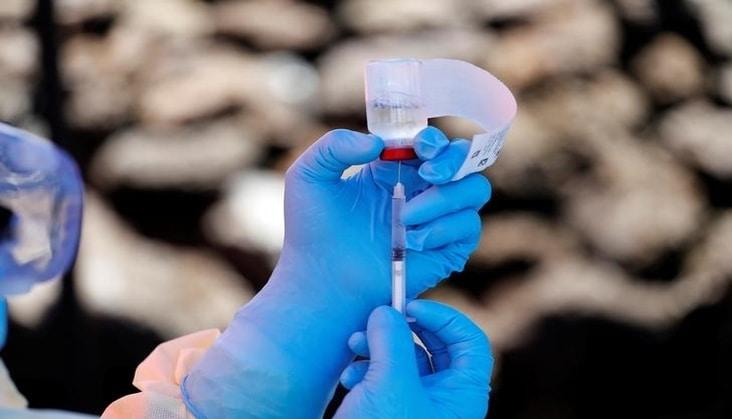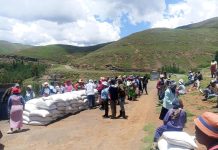Africa-Press – Lesotho. Western medical testing in Africa has a long and undistinguished record.
It’s a chapter of colonial history that might have been left closed, had it not been reopened last week by Jean-Paul Mira, head of intensive care at Cochin hospital in Paris.
Mira last week put forward the idea that tests for coronavirus vaccinations, based on the BCG inoculation for tuberculosis, should be carried out in Africa “where there are no masks, no treatments, no resuscitation”.
His logic was that the relatively high levels of protection enjoyed by European populations in confinement mean that it would be harder to measure the effectiveness of such a vaccination.
His idea, given on France’s LCI television, appeared to be endorsed by Camille Locht, head of research at Inserm, the French National Institute of Health and Medical Research.
Mira, who has since apologised for the comments, added for good measure that “we try things on prostitutes because we know that they are highly exposed and that they don’t protect themselves.
The comments, which have been condemned by the World Health Organization, harked back to the colonial era, when Europeans experienced Africa as both the world’s continent of disease and a laboratory for finding solutions.
Sleeping sickness, transmitted by Tsetse flies, was a formative experience. A major outbreak occurred in Kenya and Uganda in 1900. Hundreds of thousands of people died, with the disease spreading to Sudan, the Democratic Republic of Congo and Tanzania.
According to the US historian Daniel R. Headrick, sleeping sickness was probably related to the rinderpest, brought to Africa by the Italian invasion of Eritrea in 1889. African cattle had no resistance, and rinderpest caused widespread famine among East Africa herders. The problem clearly needed testing to resolve.
As the academic Helen Tilley writes, some of the drug treatments developed by French and German scientists were arsenic-based and near-deadly in effective dosages.
Medical experts also conducted lumbar punctures (inserting needles into the spinal area) to detect the lethal parasites, of which, in 10% to 20% of cases, led to blindness, brain damage, or death. Suspicions over the role of Western science in Africa extend to the human immunodeficiency virus (HIV).
Scientists such as Preston A.
Marx have suggested the rapid growth of unsterile injections in Africa beginning in the 1950s as a “biologically plausible event” that may have helped simian immunity viruses (SIVs) to mutate into HIV.
The injections were used to try to eradicate diseases such as yaws, syphilis, malaria, smallpox and polio in central and western Africa in the 1950s. Syringes were often reused, with official approval. Marx’s argument is suggestive on the circumstantial level.
A theory of the origin of HIV, he argued, must explain how distinct strains of SIV in central and west Africa, to which humans were exposed for thousands of years through bites, scratches and eating monkeys, could evolve so quickly into HIV.
The case is unproven and we do not clearly understand how HIV originated and spread. Others have stressed the role of rapid African urbanisation. What’s certain is that no-one was calling for Ebola vaccinations to be tested in Europe during the most recent outbreaks.
In the case of coronavirus, the pandemic is not coming from Africa, but has been introduced from outside. If vaccinations are to be developed, the West will need to test them at home.
For More News And Analysis About Lesotho Follow Africa-Press






